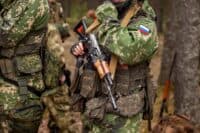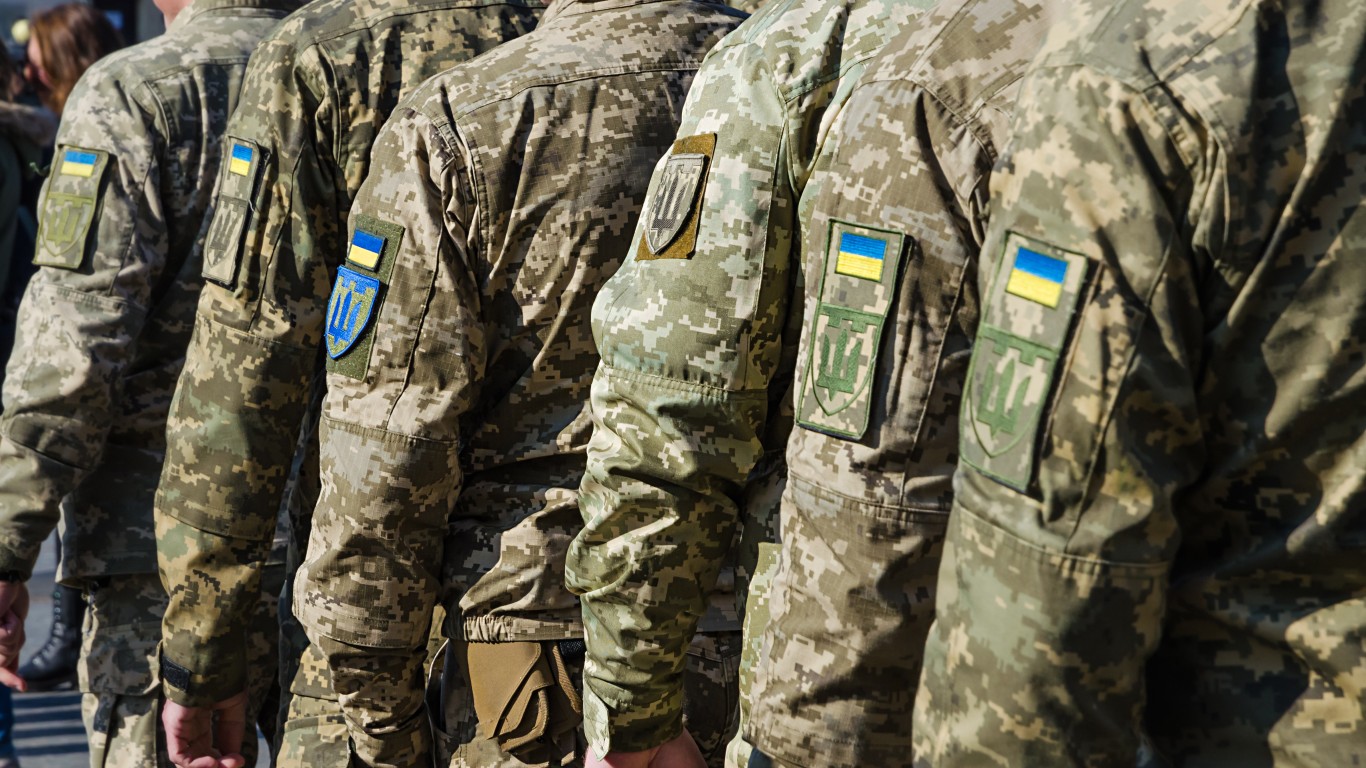
There is no instance of a country having benefited from prolonged warfare.
Sun Tzu, The Art of War
The Russian invasion of Ukraine is nearing its third anniversary. The “special military operation” launched by Vladimir Putin in February 2022 was supposed to end quickly. However, Ukraine’s spirited defense and Russia’s incompetence have led to a protracted engagement. Given their sharply divergent war aims, the prospect of this war ending soon is slim.
While things can change very quickly and unexpectedly in war, the Ukraine conflict will probably continue for at least another 12-18 months. If the war does indeed continue for years, there will be serious global consequences. This article will explore why the war has lasted so long and what the impact of a prolonged war will be.
Why This Matters
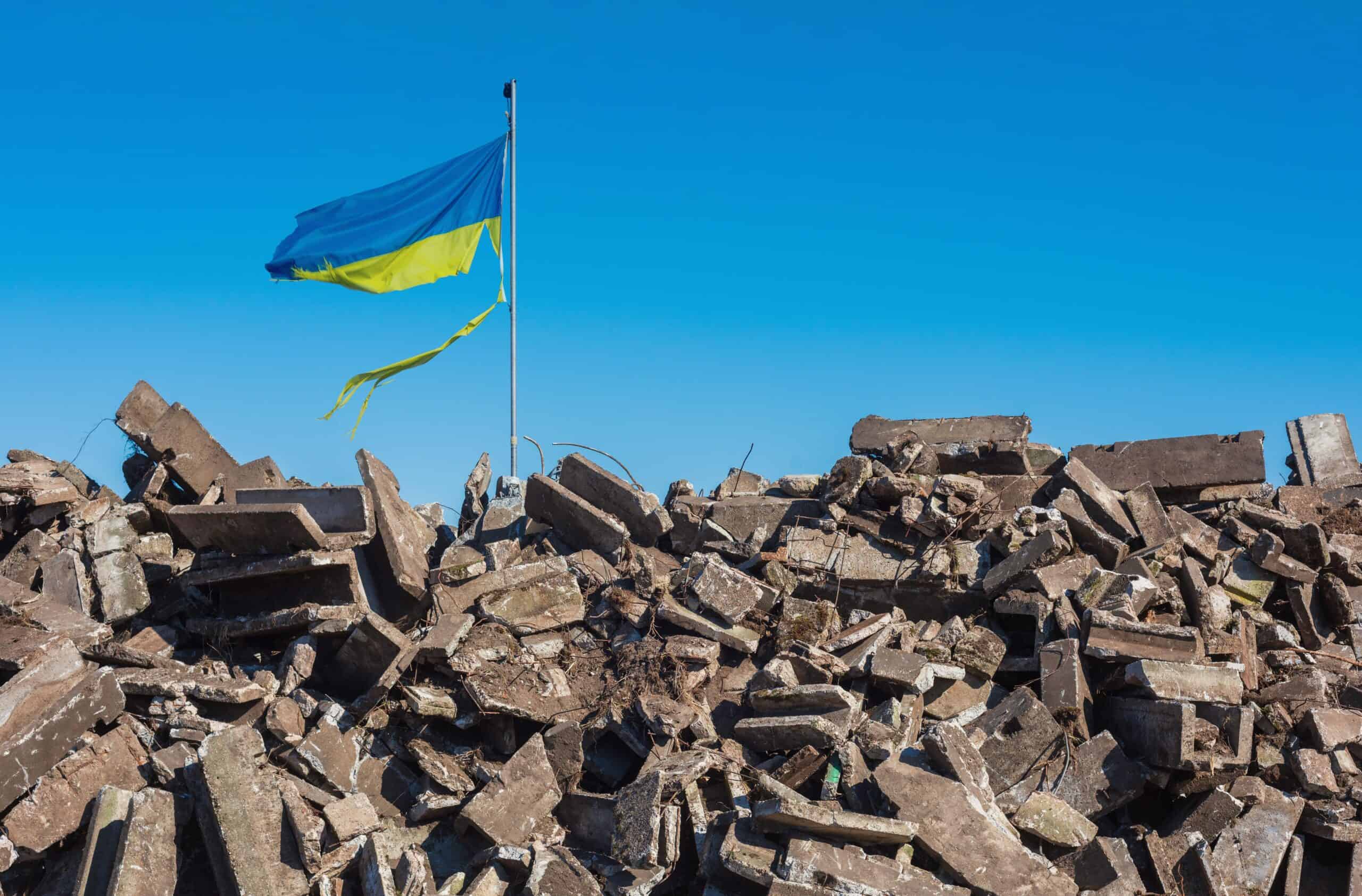
Regardless of the outcome, the war in Ukraine will have far-reaching consequences. NATO has managed to keep the conflict contained but the risk of escalation grows the longer the war endures. Ukraine’s continued resistance rests on support from the West but domestic politics could end that flow of military aid. In some places, it already has. Supporting a foreign country’s liberty becomes a tougher sell when economic conditions at home are challenging.
Understanding the long-term consequences of a drawn-out war is important.
Why The War Continues
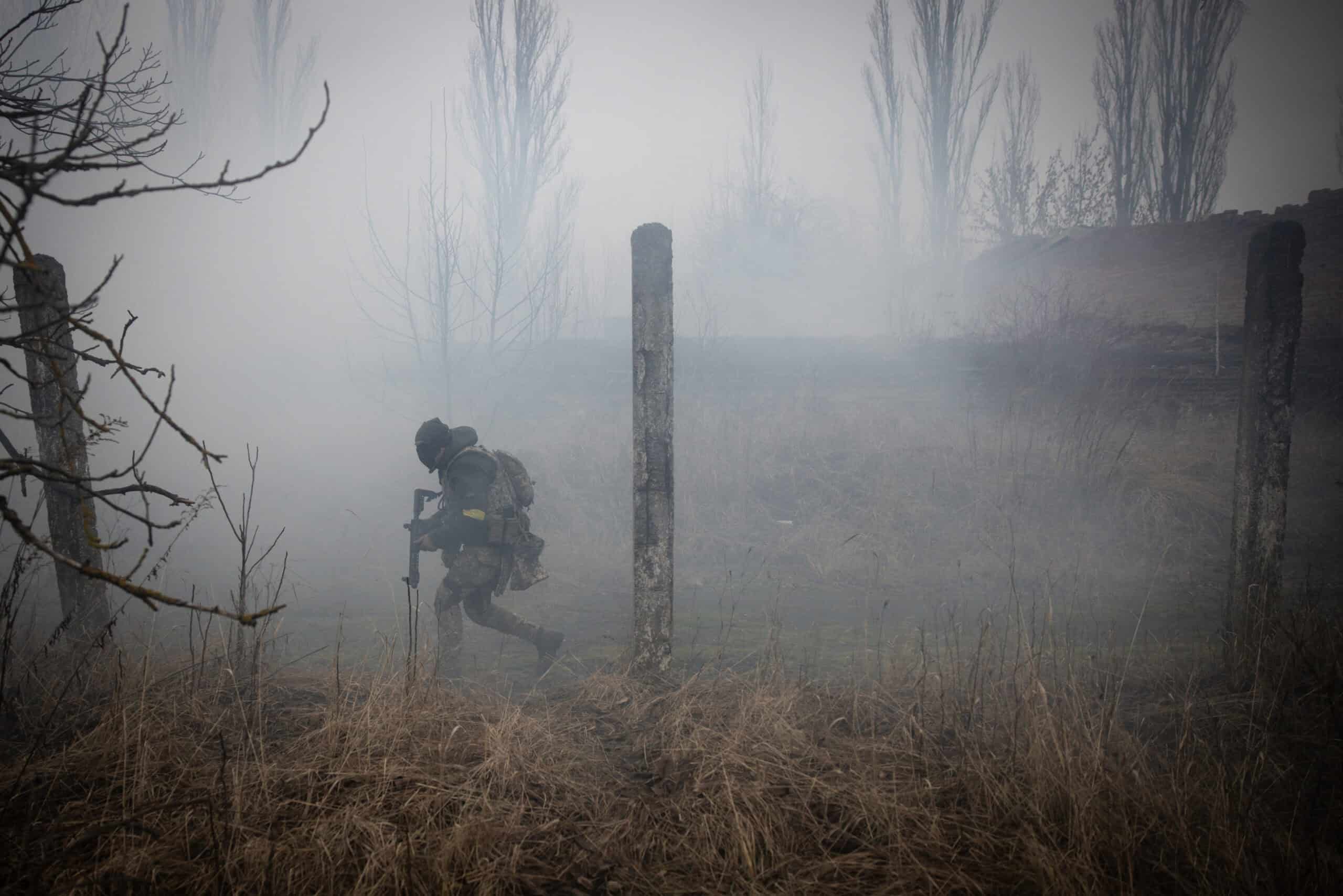
Putin was certain of a quick victory in Ukraine. Russia had a tried-and-tested strategy used successfully in the past. Elite airborne troops land and seize a key airport near the capital to clear the way for reinforcements who would then seize the capital and capture the opposing government. It had worked perfectly in Crimea ten years ago, giving Putin a near-bloodless victory in a matter of hours.
Russian special troops landed at Antonov Airport, just outside Kyiv, on the morning of February 24, 2022. It was the first action of the Russian invasion. The Russian special forces met unexpectedly fierce resistance from a few Ukrainian troops guarding the airport. Though driven back, the Ukrainian forces bought crucial time for reinforcements to arrive. Russian reinforcements never made it to Antonov. The Ukrainians surrounded and drove out the airborne troops and destroyed the runway before withdrawing to a defensive line around the capital. After weeks of hard fighting, Kyiv was saved and Russia suffered a humiliating defeat.
Russia has failed to establish air superiority over Ukraine which makes ground assaults far more difficult. Drones and artillery are dominant forces on the battlefield rather than gunships and aircraft. Moscow is using attrition to wear down Ukraine over time. However, Kyiv is not simply reacting to Russia as the incursion into Kursk shows. By attacking weakly-defended Russian territory, Ukraine relieved the pressure in the east by forcing Russia to recover lost ground. Ukraine has defied expectations with its stout resistance but is heavily dependent on foreign aid to stay in the fight.
The Economic Cost
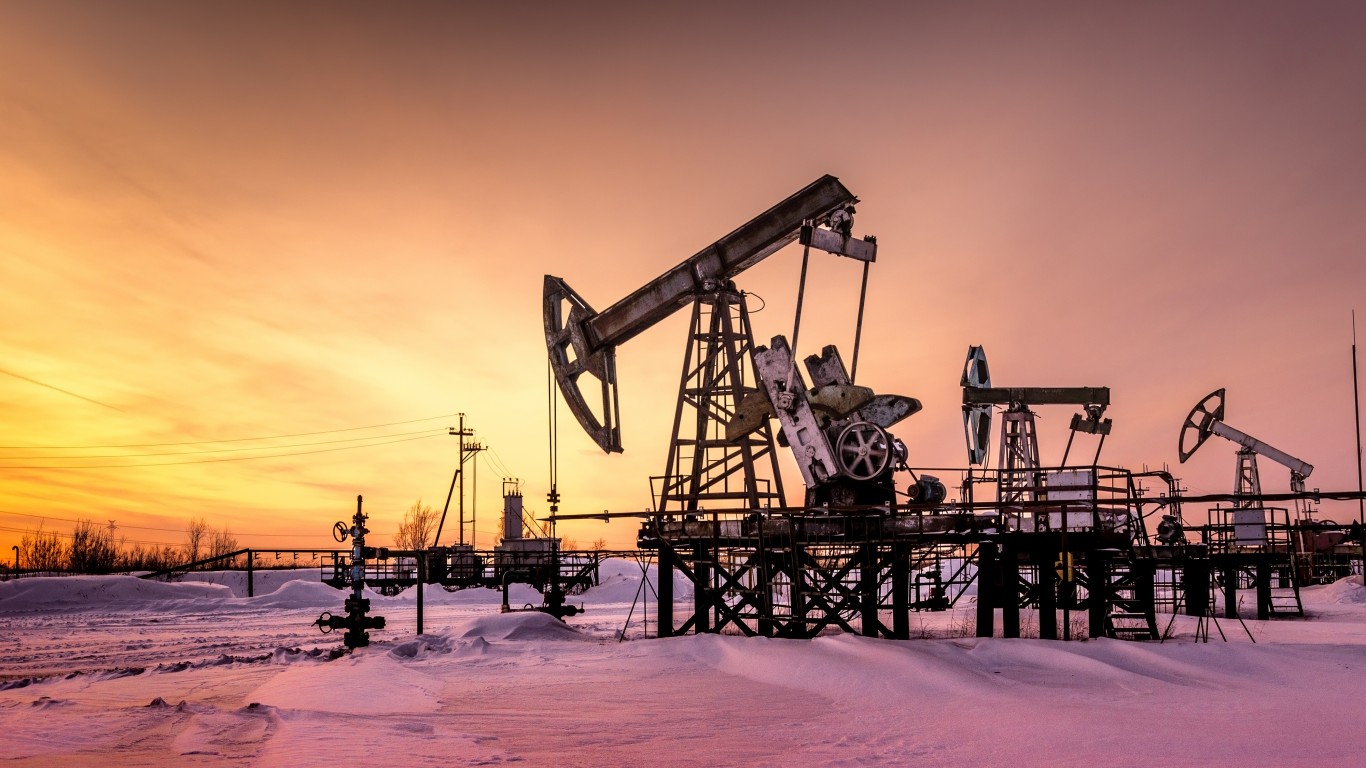
Though Russia is one of the world’s leading oil producers, the war has not significantly affected global oil prices. The initial invasion led to a short-lived price surge which soon stabilized and hasn’t shifted noticeably since. A long war still won’t have much impact on global oil prices as things stand.
American-led sanctions haven’t slowed down the Russian war machine as much as Washington hoped. There are still plenty of non-aligned nations willing to purchase Russian oil and some NATO members still do business with Moscow. China and India are two key trade partners sustaining Russia’s war economy. However, the long-term economic outlook for Russia is grim as the impact of inflation, shortages, and limited outside investment will be felt for years to come.
Ukraine’s GDP dropped 30% in the first year of the conflict. The war decimated its limited heavy industries and forced businesses to shift westward. Naturally, Ukraine faces a major labor shortage due to conscription and the millions who have fled the country. Corruption is still a major problem in Ukraine. Ukraine’s armed forces skew much older than most militaries, the average age of a Ukrainian soldier at the front is 43 years old. A new conscription law lowers the minimum age from 27 to 25 meaning that Kyiv faces a demographic crisis after the war. The longer the conflict rages, the more losses incurred, and the more difficult the postwar recovery.
The Human Cost
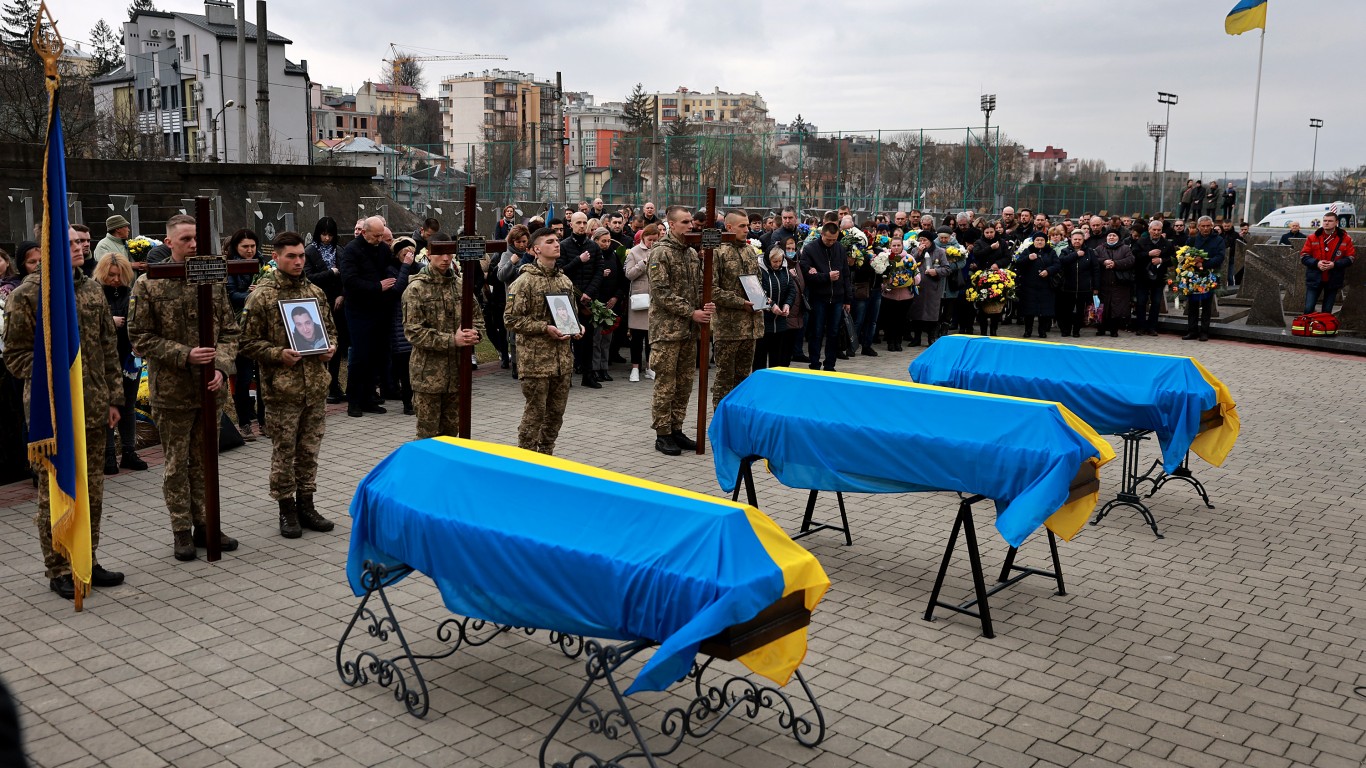
In February 2024 Volodymyr Zelenskyy said Ukraine lost 31,000 soldiers since the invasion began. American sources put that figure much higher, estimating that at least 71,000 Ukrainian troops had perished as of August 2023. Russia’s losses are even higher and Moscow’s pressure strategy means an estimated 1000 soldiers are lost every day the war continues. Of course, like all wars, more reliable casualty figures won’t be fully available until after the conflict ends.
Regardless, the human cost is staggering and only going to rise with each passing day, the death toll could surpass one million by the end of the year. Civilians always suffer in war zones and Ukraine is no different. The UN estimates that 3.7 million Ukrainians were displaced internally by the war and 6.5 million have fled the country. Even more need humanitarian aid this year alone. Time will only inflate these figures further.
Politics: Ukraine
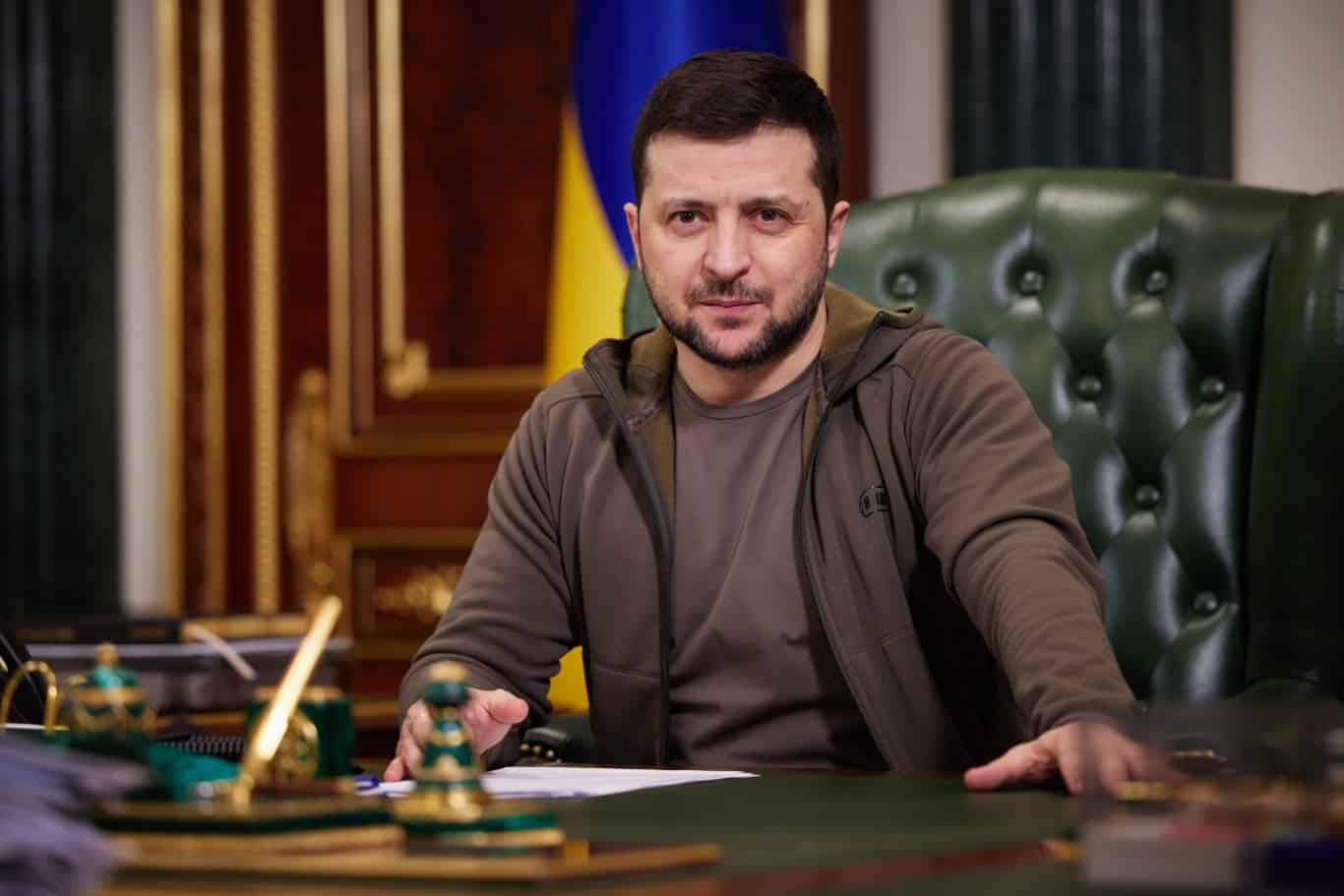
In the opening exchanges of the war, Ukraine received an outpouring of support from the international community. Aside from a few outliers, Russia’s invasion was roundly condemned and the United States led efforts to send financial and military aid to Kyiv. In the first year of the war, the Biden administration authorized four major aid packages to Ukraine. However, as the war continued, skepticism over continued support grew.
When the Republicans gained control of the House of Representatives, aid to Ukraine ground to a halt. No bills were agreed at all in 2023 and just one so far in 2024. There is a sharp divide among Republicans over Ukraine. While many wish to continue to support Ukraine, a sizeable faction opposes further aid. The same story plays across many other countries that were previously sympathetic to Ukraine.
Poland was a huge supporter of Ukraine in the early phase of the war and its shipments of hundreds of tanks kept Kyiv afloat. A grain dispute soured relations between the two countries and Poland has since concentrated more on its own military. After a slow start, Germany has emerged as the second-biggest donor to Ukraine but recent election results cast doubt on future aid. The right-wing and Ukraine-skeptic AfD party gained ground in 2024. Slovakia pivoted away from Ukraine after the 2023 election. As right-wing populists gain traction across Europe, continued support for Ukraine comes under jeopardy.
While not a universal trend—the UK and France saw off the far-right in their elections—domestic European politics are moving away from Kyiv. The longer the war goes on and the more partner nations struggle economically, the harder it will be for politicians to keep up support for Ukraine. The US presidential election in November will have a huge bearing on Ukraine’s future.
Politics: Russia
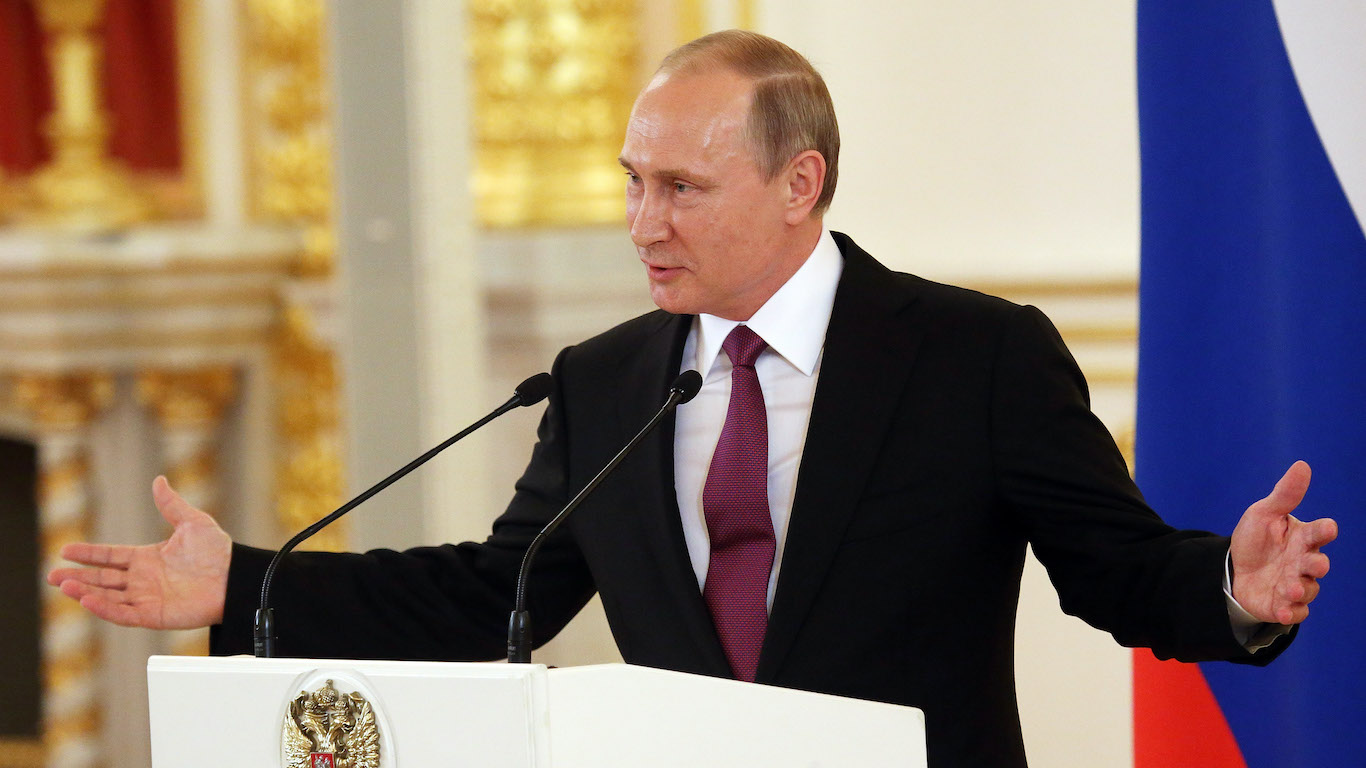
Though widely condemned for the invasion, Russia still has a few friends on the international stage. As a co-founder of BRICS, the loose coalition of states forming economic ties, Russia isn’t quite as diplomatically isolated as the West might hope. Equally, autocratic regimes like Putin’s aren’t as susceptible to public opinion and are more willing to accept high casualties than democracies. Putin won 87% of the vote in the last Russian presidential election in March 2024. Though few see the results as legitimate, his grip on power seems to be as secure as ever.
Putin has loyalists in every key position in the government and the economy. Putin not only has the unwavering support of the oligarchs who owe their wealth and position to him but also the siloviki. These are the elite strongmen who ruthlessly stamp out any opposition to Putin. Finally, the Russian Constitution, penned by Putin’s predecessor in 1993, grants the executive extraordinary power in Russian politics.
Still, as long as the war continues and success evades Putin, internal opposition may blossom but hopes of Putin being toppled from within still seem far-fetched.
Risk Of Escalation
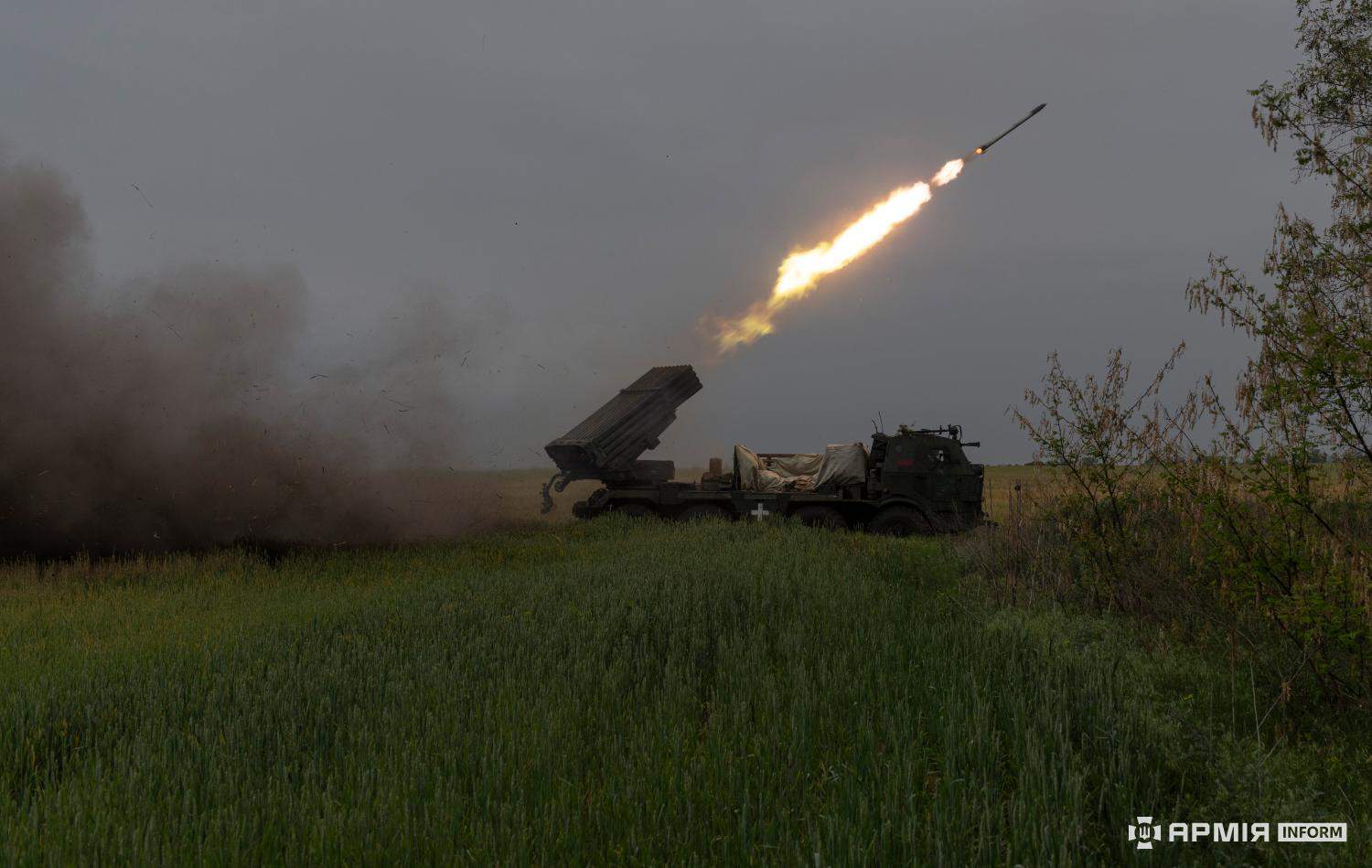
NATO has been measured in its response to the Russian invasion. While outwardly sympathetic to Ukraine and willing to provide aid, members of the alliance have pointedly avoided being drawn into the conflict. While France has floated the idea of sending troops, Germany and most other members are staunchly opposed to provoking a wider war. Confronting a nuclear power risks turning a regional tragedy into a global catastrophe.
The aid packages sent to Ukraine came with strings attached. For example, Belgium’s proposed donation of F-16s is contingent on them not being used inside Russia. Similarly, long-range munitions were only intended for defensive use. However, those restrictions are being lifted and the United States is preparing a new aid package that could include long-range cruise missiles that could strike deep within Russian territory. Russia warned NATO that any use of its weapons inside Russia would invite severe consequences.
Lifting restrictions would open up strategic possibilities for Ukraine to strike at the heart of the Russian war machine but carry enormous risks. The longer the war goes on and the more desperate either side becomes, the greater the danger of escalation.
War Aims And Outcomes
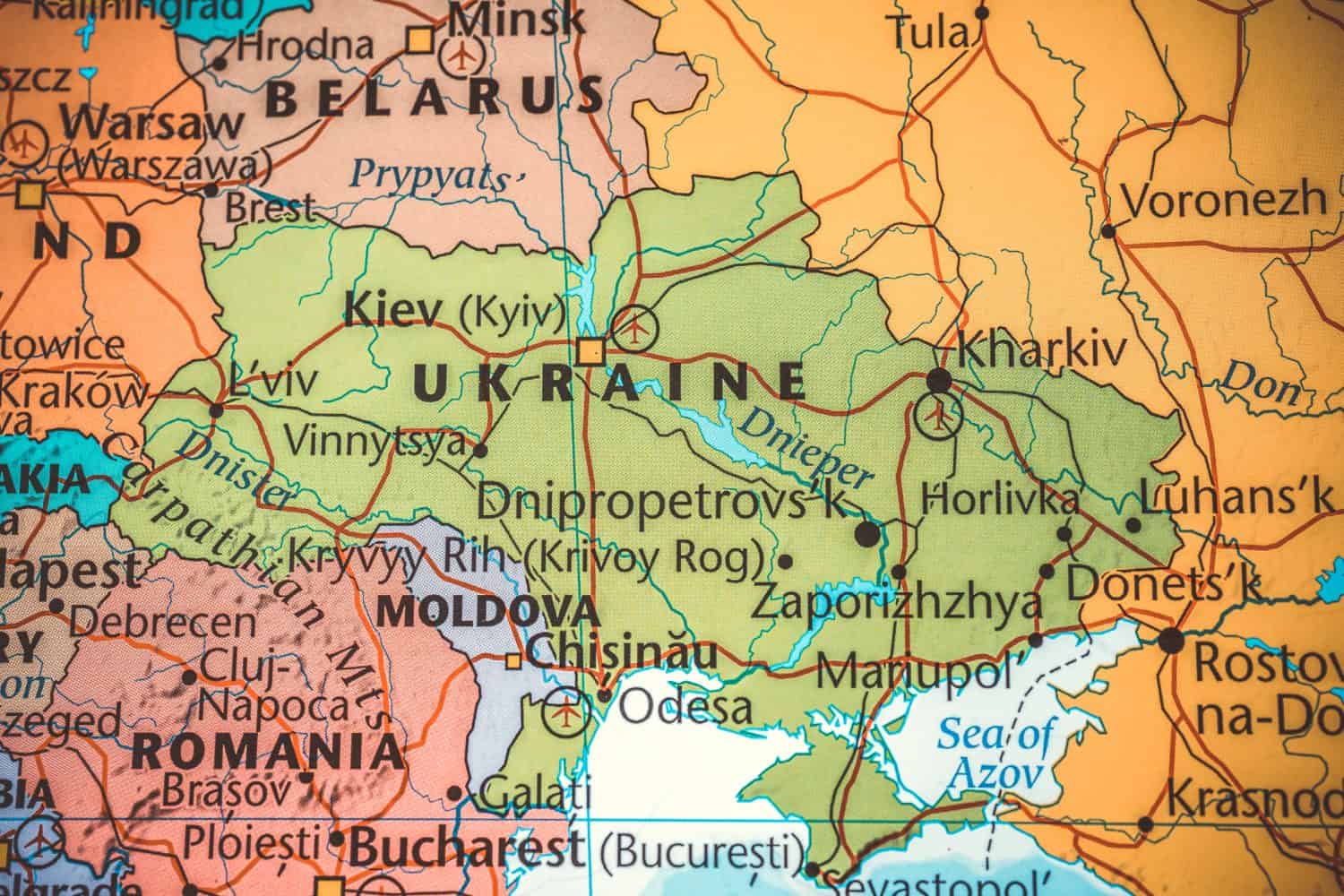
Russia sought a quick victory under the pretext of defending the people of the Donbas. When that didn’t materialize, Russia revised its aims to allow for multiple acceptable outcomes in a peace deal. The main redlines will be Ukraine’s postwar ambition to join NATO and the Ukranian territory currently under its control. Conversely, Ukraine will only give up territory under extreme duress. Kyov’s principal war aim is to liberate the lands held by Russia and safeguard against future acts of aggression.
As it stands, neither Moscow nor Kyiv are particularly close to realizing those ambitions so without a drastic change on the battlefield, the war will probably continue into 2025 and beyond.
Conclusion
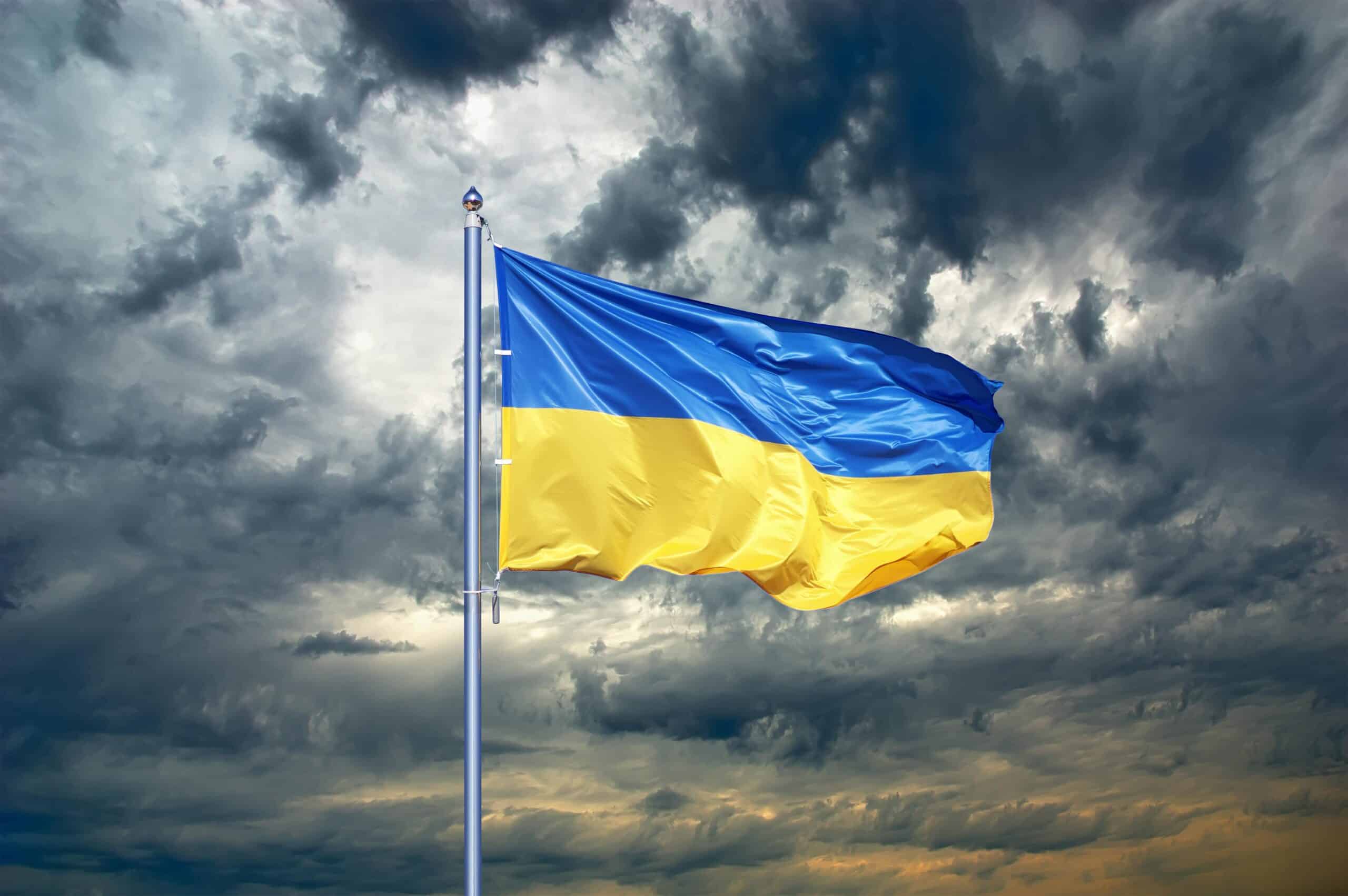
A war that was only supposed to last a few days is still going on years later. Ukraine’s dogged resistance and Russia’s overconfidence and flawed leadership have turned a planned brief operation into a lasting nightmare. The economic and human costs are already immense but will only get worse. If the war continues for years, Russia’s losses will surge past the one million mark. Russia will expend many lives for its goals and has many more to give, but such ruinous losses of men and money cannot be sustained forever.
Ukraine will face a future demographic crisis as its young people are killed or permanently displaced. Even if the war ends tomorrow, it will take years for Ukraine to recover. The longer the war, the harder the task of rebuilding what’s left of Ukraine will be. The worst outcome of all, a wider conflict between NATO and Russia, is a remote possibility but one that remains until peace is agreed.
Get Ready To Retire (Sponsored)
Start by taking a quick retirement quiz from SmartAsset that will match you with up to 3 financial advisors that serve your area and beyond in 5 minutes, or less.
Each advisor has been vetted by SmartAsset and is held to a fiduciary standard to act in your best interests.
Here’s how it works:
1. Answer SmartAsset advisor match quiz
2. Review your pre-screened matches at your leisure. Check out the advisors’ profiles.
3. Speak with advisors at no cost to you. Have an introductory call on the phone or introduction in person and choose whom to work with in the future
Thank you for reading! Have some feedback for us?
Contact the 24/7 Wall St. editorial team.



